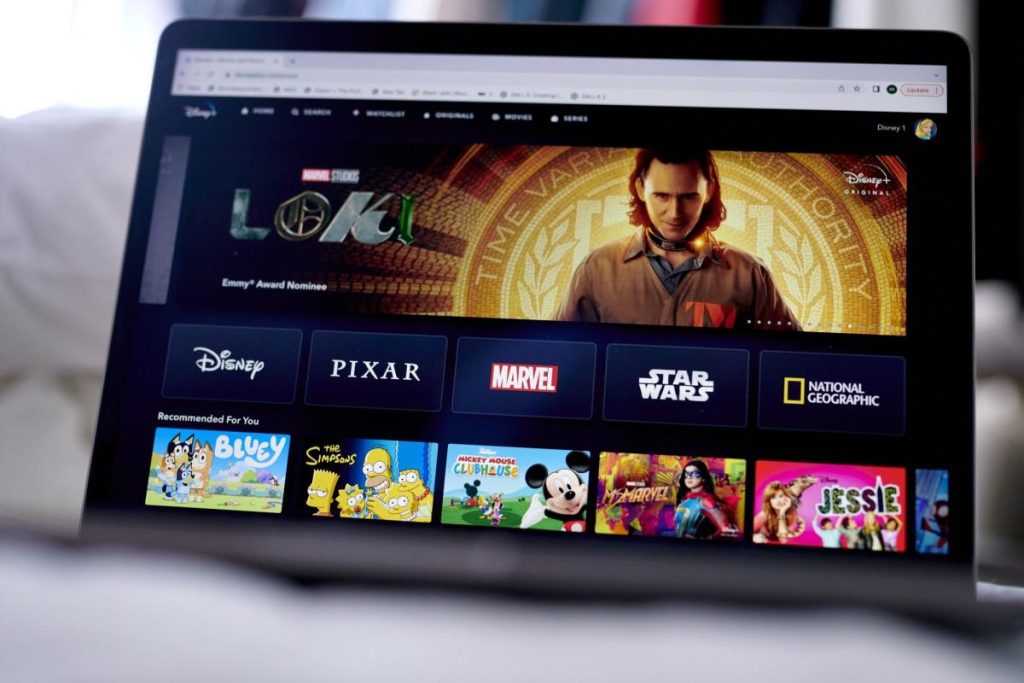
(Bloomberg) — Old Hollywood is finally doing what Netflix Inc. has been doing for over a decade: making money from streaming.
Most Read from Bloomberg
With the exception of NBCUniversal, the biggest legacy media companies all reported a profit from their direct-to-consumer businesses last quarter, led by Walt Disney Co., which earned $321 million from its online video arm in the final months of its fiscal year. It was the second straight quarter of profitability for the unit that includes Disney+, Hulu and ESPN+.
The profit at Disney’s direct-to-consumer division even exceeded the earnings from its film division, which scored $3 billion in global ticket sales this summer from the blockbusters Inside Out 2 and Deadpool & Wolverine. In the past 12 months, Disney’s revenue from streaming has surpassed the combined sales from theatrical films and conventional TV.
“Disney is all in on streaming, positioned for a digital future that mitigates traditional TV woes,” Bloomberg Intelligence analyst Geetha Ranganathan said Thursday in a note. “Though this was costly — $2.5 billion in fiscal 2023 losses — it has turned profitable, marking an inflection point.”
That’s just the start, according to the company, which now predicts $1 billion in operating earnings from streaming for the fiscal year just getting underway.
Price increases, higher advertising sales, a crackdown on password-sharing and continued cuts in film and television production will keep growing profit margins, the company said.
Streaming now offers Disney a “terrific future,” Hugh Johnston, the company’s chief financial officer, said in an interview with Bloomberg TV.
That future includes the fiscal 2025 launch of a new sports streaming operation, which the company has informally called ESPN Flagship. To improve the technology behind its streaming business and drive more engagement, Disney’s entertainment division recently hired Adam Smith, a YouTube executive, as chief technology officer.
Bob Iger, Disney’s chief executive officer, said on a conference call with investors Thursday that price increases on the commercial-free versions of Disney+ and Hulu helped steer subscribers to the company’s lower-priced but more profitable ad-supported offerings.

